Authors: Francesca & Jordan
There are four seasons that we all know and love; summer, a time for swimming and tanning; fall, a beautiful season with pumpkin flavored everything; winter, the time to ski; and spring, when the winter thaws. However, many of us may not be familiar with the seasons of the ocean. These three ocean seasons are known as winter storms, upwelling, and relaxation. These seasons affect the ocean’s inhabitants much like ours affect us. One of the smaller residents of the sea that seem to be affected by these seasons is the sand crab (Emerita analoga).
Upwelling is a natural phenomenon that occurs in open oceans and along the coastline. During upwelling, water on top is pushed away by wind then replaced by water underneath. The water that is being brought up is filled with nutrients which causes a great influx of biological activity.
Our class participated in a long-term sandy beach monitoring program called LiMPETS. Our survey took place in September at Ocean Beach, California. Here we took cores of sand to find sand crabs, looked at sand crabs up close and personal, took their measurements, and noted how many we found in each core.
Looking at the number of sand crabs we were able to extract from each core, we were curious if the abundance of sand crabs differs between upwelling and non-upwelling seasons. During the seasons of relaxation and winter storms, there was a sizeable difference in the population of sand crabs compared to upwelling. In 2013, upwelling began on April 7th and ended September 18th. There was a higher average number of crabs during upwelling than any other time (0.81 compared to 0.53 crabs/core).
However, we do know that sand crab populations are affected by human activity. In a scientific journal, scientists Brown and McLachlan said that human activity such as mining, development, and pollution can be a part of the decrease in populations.
Upwelling is truly a bountiful season for marine life. When deeper waters are brought up rich with nutrients, life lives generously among these waters. Our observations and our recordings give answers to our question regarding the idea that the population of sand crabs do in fact differ in upwelling seasons compared to non-upwelling seasons.
We predict that when sand crabs are abundant in the sand, other predators like birds that feed off the sand crabs are high in number as well. Marvelous to say, marine life and other types of life flourished during the season of upwelling.


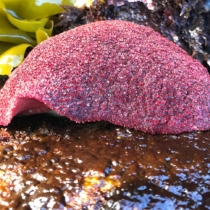


















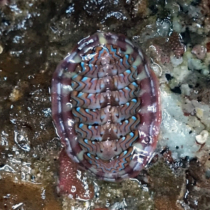


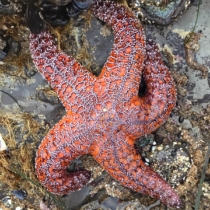
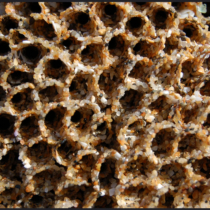





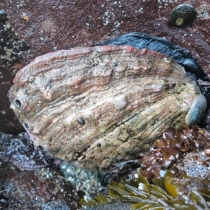



thats a good hypothesis, is it possible to search past years of sand crab data at that beach or other beaches and compare data?
Nice work! I like how you connected your data to the bigger picture! I also like how you hypothesized that you might see a similar trend in birds. It would be really interesting to look at other data sources, like Beachwatch, to see if the trend you observed can also be seen in birds and other predators.
Hi Fran and Jordan,
Your blog is great! The graph was extremely clear and easy to understand.I love how you made upwelling sound like such a positive, productive time for marine organisms. Your description of the method that you used to retrieve crabs at Ocean Beach was succinct! Great!
Hi Fran and Jordan,
Awesome blog! The graph is very clear and easy to read and comprehend. I love how you glamorized the upwelling season and how it is such a positive, productive time for marine organisms. I think you described the method in which you retrieved the crabs from Ocean Beacch in a succint, understandable way. Great job!
Great question! I really liked your analysis of the affect that upwelling has on the predators of sand crabs. My group researched population size differences between urban and rural beaches. Do you think that upwelling would have a greater affect at a rural beach with a lesser human presence? Even though humans and pollution have an indisputable impact on all animal populations, do they have a larger impact than the seasons of the ocean?